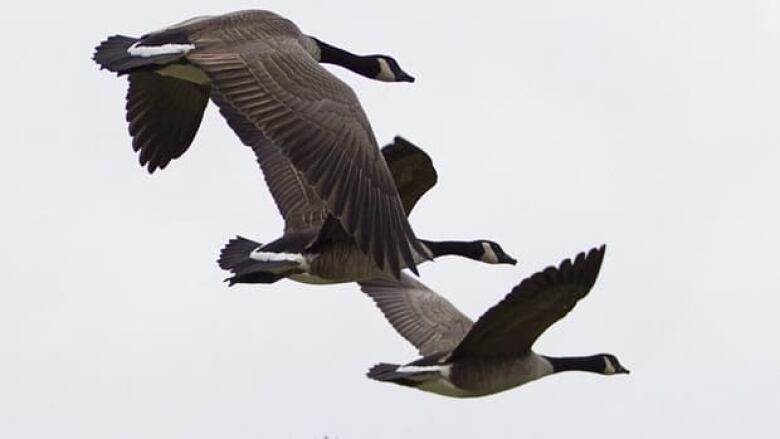Birds evolving faster in Americas, study says
B.C. researchers among team that analyzed 9,993 types of avian species

The rate of evolution of birds appears to be accelerating, particularly in North and South America, says new research based on a genetic family tree of every bird species known to man.
Using a genetic map of 9,993 bird species, a team of researchersincluding scientists at B.C.'s Simon Fraser Universityfound that the rate of bird diversification is increasing, particularly in North America, parts of Asia and South America.
"We find that birds have undergone a strong increase in diversification rate from about 50 million years ago to the near present," the scientists say in a study published in thejournal Naturetoday.
Based on previous studies, the researchers expected to reach the opposite conclusion and find that the rate at which new bird speciesproliferatewould diminish over time,in partas a result of human impacts on natural habitats.
But the scientists, including SFU biologist Arne Mooers, post-doctoral fellow Jeff Joy and colleagues at Yale University, University of Sheffield in the U.K., and the University of Tasmania in Australia, found that the rate at which new species variations are developing is picking up speed.
"Perhaps birds are special," said Mooers in a statement. "Maybe theyre so good at getting around they can escape local competition from relatives and start anew elsewhere, producing bursts of new species at different times and in different parts of the globe."
Changing climate may play a role, researchers say
Although researchers estimate that a new bird species is created every 700 years, the rate of extinction brought on by human impact is 300 times higher.
To create the family tree, researchers examined millions of years worth of fossil and DNA data. The origins of all known bird species wereplotted on a map of the Earth. The species' evolution was also tracked on a historical timeline.
They found that bird evolution was more rapid in the Western Hemisphere than in the Eastern Hemisphere.
What's more, the highest diversification rates were found in "higher-latitude North America, parts of north Asia and southwest South America.... These regions have all been characterized by strong climactic fluctuations from the Pliocene [epoch]to the present," scientists wrote in the study.
The researchers propose that the Earth's changing climate has had a role in these patterns.
"We need to think a lot more about how Earths changing climate has led to current distributions," said Mooers in a statement.
Rapidly diversifying species include types of waterfowl, such as ducks and geese, gulls and woodpeckers, the study said.
Alternatively, the rate of diversification in Australia, Southeast Asia, Africa and Madagascar was lower, the researchers found.












_(720p).jpg)


 OFFICIAL HD MUSIC VIDEO.jpg)
.jpg)



























































































